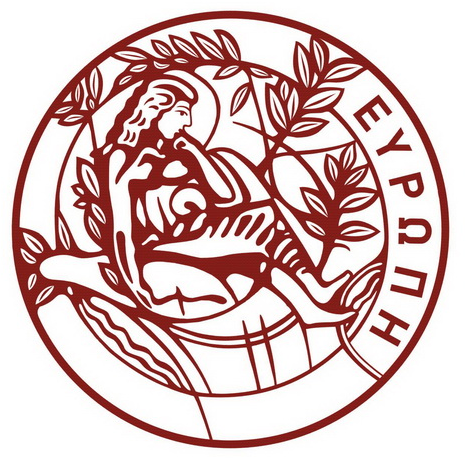PhD Candidate
VISHNUPRIYA PUTHIYA VEETTIL
vishnupriya@materials.uoc.gr
Phone
Office
Personal web page
Title
MATTERWAVE LENSING FOR ATOM LITHOGRAPHY
Supervisor
VON KLITZING WOLF DIETRICH CARL, Researcher B, IESL,FORTH, Heraklion Crete GREECE
Committee Members
PAPAZOGLOU DIMITRIOS, Associate Professor, Materials Science & Technology Dept. - UOC
MAKRIS KONSTANTINOS, Assistant Professor, Physics Dept. - UOC
Abstract
Photo lithographic techniques are currently used for the manufacturing of semiconductor optoelectronic devices in nanometric scale. They use a photo resist to etch out patterns on Si wafers using light. The current State of the Art, Extreme Ultra Violet (EUV) lithography limits the size of the chips due to secondary electron blur. This limits the size of modern semiconductor devices. As an alternative Matter wave lithography can be used, where this limitation can be reduced significantly. Matterwaves are the atom-equivalent of photon waves. Bose-Einstein Condensates resemble Lasers in that many indistinguishable particles (photons) have a well-defined spatiotemporal phase. The wavelength of these BEC matter-waves depends on the velocity of the atoms. By using an appropriate harmonic potential we hope to demonstrate that we can focus BECs down to nanometric resolution. We will use a Time-Orbiting Potential (TOP) trap to create BECs as a source of atomic matterwaves with a perfectly controlled wave-front. Starting from a BEC-point-source, we expand it for some time and focus them using a quadratic potential. By selecting the appropriate strength of the lensing potential, patterns can be printed on the atomic ensemble by applying a phase masking using an optical potential and applying a matterwave length, thus creating the Fourier transform of the original phase pattern, which can thus be transferred on an appropriate rubidium sensitive substrate. The scope of this thesis is to realise, test and quantify atom optical elements that are analogous to conventional optical devices such as lenses, mirrors etc using a time dependent magnetic-potentials, and explore their suitability for applications in atom lithography.


